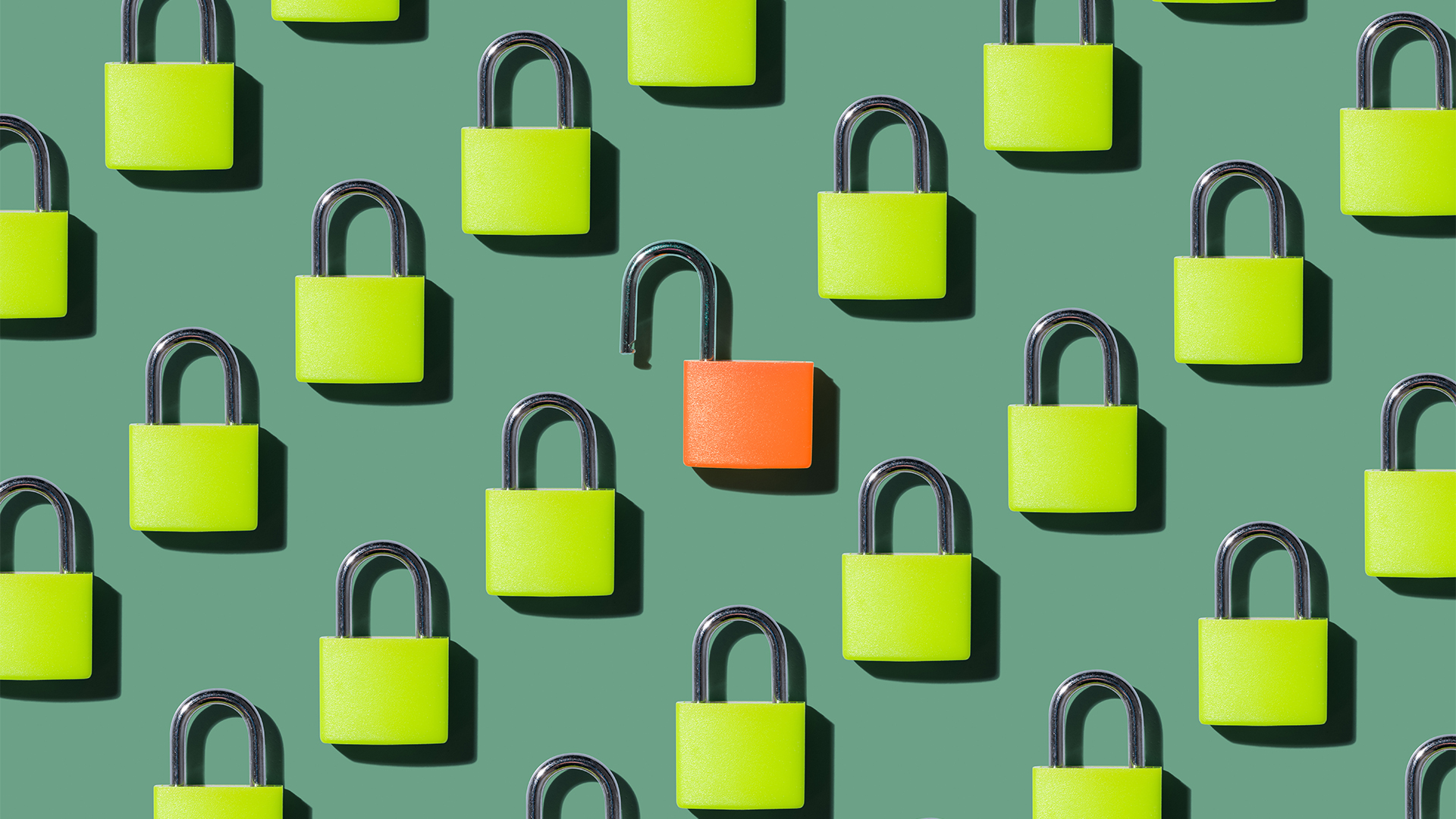Is the ‘new’ channel a threat to traditional partners?
Will the ‘shadow channel’ kill off legacy channel players – or have rumours of their impending death been greatly exaggerated?


IDC has predicted that by 2021 at least 30% of channel players will not exist in the format we know them today.
The analyst noted a new generation of non-traditional types of partner – which Forrester categorises elsewhere as ‘the shadow channel’ – is already entering the ecosystem, with digital agencies, cloud service brokers, third platform start-ups, digital system integrators, cloud players and consulting firms all starting to offer IT solutions and services.
If IDC’s prediction proves accurate, it is likely to have a significant impact on ‘legacy’ channel firms, which may struggle to compete in this increasingly complex environment. One option for such companies is to partner with newer, more specialised players to bolster their capabilities. But is the channel ready to get over some long-held reservations about partnering with other channel firms?
Partnering for growth
Paul Cunningham, CMO at distributor Westcon-Comstor says that when partnering, the new market entrants typically look for someone who is agile and can work as quickly as they do, and a partner who understands growth challenges.
“Networks of capabilities are also integral – channel partners ideally have skills to share, but also need great partnerships in areas where they recognise they are not strong,” he says, adding that concierge services are also important. “These partners self-serve by default, but often need life hacks or quick wins – particularly when engaging in new vendor relationships or market segments.”
By contrast, he notes, the ‘traditional’ channel seeks a partner whose success is linked with their own success, particularly in the context of vendor relationships, and someone who understands their existing business and capabilities, but will help them build effective practices in areas like cloud and SaaS provisioning, billing and renewals.
In addition, “traditional partners seek effective and easy to onboard tools – digital platforms that span quoting, billing as-a-service, end user analytics and education. They also look for help navigating finance, credit and tax challenges, especially across multiple geographic locations.”
ChannelPro Newsletter
Stay up to date with the latest Channel industry news and analysis with our twice-weekly newsletter
Sharing risk
There’s no question that the channel is under pressure to change as customer demands change, says Will Carver, alliances and partnerships director at SCC.
“Both the channel and vendors themselves face the challenge of how to work with smaller partners with point capabilities in say IoT or data analytics, which need highly specialised skills and long term support,” he tells Channel Pro.
Carver says SCC is encouraging its vendor-partners to help the company navigate their wider channel and see if it “can create circles of value for our clients in emerging markets like data migration into the cloud or specialised wireless networking apps in SDN”.
“We want to share risk between ourselves, our vendor-partners, smaller channel businesses and our clients. It drives our own innovation, delivers value for customers and helps vendors climb the value-stack and be asked into discussions far earlier in the sales-cycle,” he says.
Or is the legacy channel thriving?
However, Alastair Edwards, chief analyst at channel analysis firm Canalys disagrees strongly with IDC that traditional partners are set to disappear.
“It’s true that partners are adapting their business models to meet the changing ways that a growing proportion of customers want to consume technology – and just as importantly, how many vendors want to sell – as a service, subscription etc. Those who fail to adapt will lose relevance, and either go out of business or be acquired.
“But the channel’s strength lies in its ability to adapt, as has been shown over the history of the IT channel. And the so-called legacy channel is still doing very well, with growth fuelled for many by product as much as, if not more than, services. That growth will moderate over the next couple of years as we come to the end of the current Windows 10 upgrade cycle, but customers will still want ‘products’ in different forms, delivered as part of complex solutions, as a service or just as standalone products at the best price.”
Edwards acknowledges that IT delivered ‘as a service’ or as cloud will represent a growing share of the technology market over time. And that means resellers must be able to reflect that in their business models. “But our prediction is that even within five years, that will represent no more than a quarter to a third of the total IT market,” he says.
Biggest challenge
The analyst notes the biggest challenge for the channel is being able to respond to the growing level of complexity created by software-defined and hybrid IT, and edge computing. This requires partners to develop new levels of expertise in areas like automation, AI, IoT, multi-cloud and security, and articulate the value of those technologies to a business owner, whose decision to invest is driven by the strategic benefits those technologies deliver, through higher levels of professional services.
He notes: “New partner types with these skills are entering the market, and ‘traditional’ partners who fail to keep pace with these demands will inevitably fall behind.”
Christine has been a tech journalist for over 20 years, 10 of which she spent exclusively covering the IT Channel. From 2006-2009 she worked as the editor of Channel Business, before moving on to ChannelPro where she was editor and, latterly, senior editor.
Since 2016, she has been a freelance writer, editor, and copywriter and continues to cover the channel in addition to broader IT themes. Additionally, she provides media training explaining what the channel is and why it’s important to businesses.
-
 AI is helping bad bots take over the internet
AI is helping bad bots take over the internetNews Automated bot traffic has surpassed human activity for the first time in a decade, according to Imperva
By Bobby Hellard
-
 Two years on from its Series B round, Hack the Box is targeting further growth
Two years on from its Series B round, Hack the Box is targeting further growthNews Hack the Box has grown significantly in the last two years, and it shows no signs of slowing down
By Ross Kelly
-
 ‘Here in the European market, I think we are in a good position’: DocuWare CEO Dr Michael Berger on the company’s rapid growth
‘Here in the European market, I think we are in a good position’: DocuWare CEO Dr Michael Berger on the company’s rapid growthNews ChannelPro sat down with DocuWare CEO Michael Berger to discuss the company's rapid growth and channel strategy.
By Bobby Hellard
-
 Group-IB launches partner program as channel-first strategy kicks off in Europe
Group-IB launches partner program as channel-first strategy kicks off in EuropeNews The vendor said the initiative reflects its commitment to building a resilient cyber security ecosystem across Europe
By Daniel Todd
-
 Datatonic eyes fresh growth drive with new CEO appointment
Datatonic eyes fresh growth drive with new CEO appointmentNews Datatonic has announced the appointment of Scott Eivers as its new CEO as the enterprise data and AI solutions provider looks to its next phase of growth.
By Daniel Todd
-
 Marketing talent brain drain could stunt channel partner success
Marketing talent brain drain could stunt channel partner successNews Valuable partner marketing skills are at risk of being lost as the structure of channel marketing teams continues to shift, according to new research.
By Daniel Todd
-
 LevelBlue launches new partner program that’s “built for the future”
LevelBlue launches new partner program that’s “built for the future”News The new partner initiative features a flexible, consumption-based model to help partners drive revenue
By Daniel Todd
-
 SonicWall pins ‘transformational year’ on strong partner growth
SonicWall pins ‘transformational year’ on strong partner growthNews The vendor’s channel-first strategy has fueled a 42% year-over-year increase in overall partner growth
By Daniel Todd
-
 HP’s sustainability drive is paying off for channel partners
HP’s sustainability drive is paying off for channel partnersNews Channel partners that bought into HP’s sustainability program saw sales increase as customers react positively
By Solomon Klappholz
-
 AI is now vital to MSP growth, but adoption challenges could hamper success
AI is now vital to MSP growth, but adoption challenges could hamper successNews Nine-in-ten MSPs say they view AI as a top priority for their growth ambitions in the year ahead.
By Daniel Todd